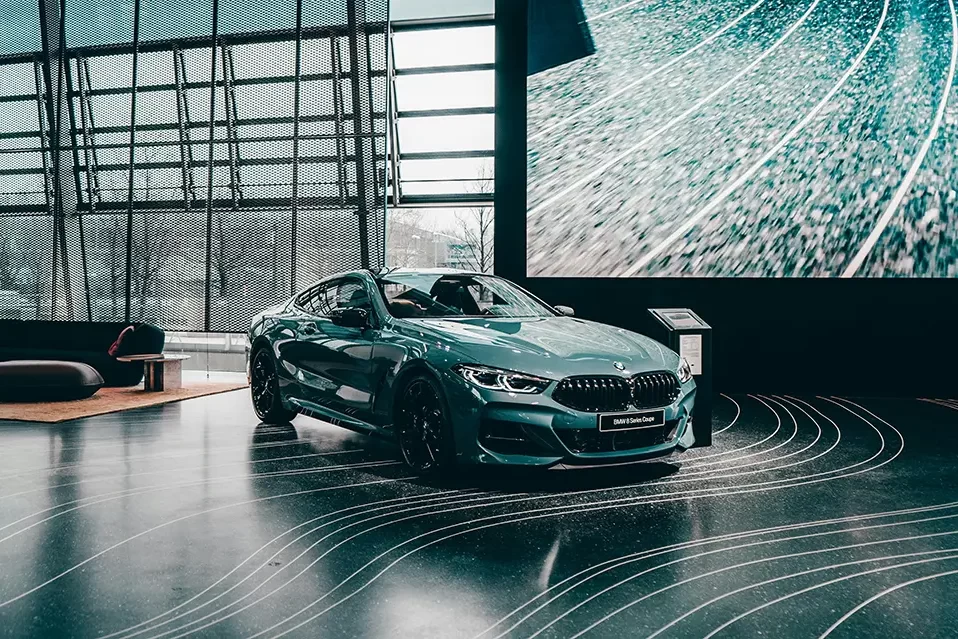A strong brand identity involves more than a striking logo or catchy tagline.
It hinges on creating experiences that bridge the gap between digital platforms and physical products.
To achieve this integration, companies must use consistent design strategies that strengthen brand recognition wherever consumers encounter it. By paying attention to cohesive visuals, messaging, and user-focused interactions, brands can foster online and offline trust and loyalty.
Ensuring Cohesive Graphic Elements
One of the main steps toward unifying brand identity is using consistent graphic elements across digital and physical touchpoints. Colours, typography, and overall layout should align to create harmony whether a customer is scrolling through a website, browsing social media, or examining product packaging.
Instead of designing a new look for each platform, develop adaptable core design components that remain recognisable and effortlessly shift to various formats. This visual consistency quickly communicates reliability and authenticity.
Maintaining Consistent Brand Messaging
A unified appearance is important, but ensuring verbal communication aligns with visual design is equally crucial. Every message, from a snippet in an online campaign to a tagline on a product label, should reflect the brand’s character and values.
Digital channels often allow for interactive, conversational language, while physical packaging must balance storytelling with practical details, such as regulatory information or instructions. When these pieces align, the brand narrative remains coherent, enhancing the customer’s sense of connection and confidence.
Designing a Seamless User Experience
User experience extends beyond screens and packaging: it encompasses every point of contact between a customer and the brand. Whether the simplicity of navigating a mobile app or the tactile enjoyment of opening a package, each interaction can strengthen brand loyalty or lead to frustration. Making navigation intuitive on digital platforms and packaging straightforward can streamline users’ journeys and inspire them to engage more deeply with your products and services.
Continuous Adaptation and Innovation
Combining digital and physical design is an ongoing endeavour that evolves with changing consumer preferences and emerging technologies. To remain consistent and compelling, brands must remain flexible, periodically reevaluating their visual elements, messaging, and user experience. Through open-minded adaptation and refinements, companies can keep their audience engaged and loyal and stand out in an increasingly saturated market.
In a world where customers expect seamless online and offline experiences, merging digital and physical design isn’t just a bonus; it’s essential for any brand seeking relevance and longevity. By unifying visuals, messaging, and user experiences, you can build a cohesive brand story that resonates with consumers every step of the way.
Thank you for taking the time to explore the intersection of digital and physical design with us. We hope you found valuable insights that can enhance your understanding of creating a seamless brand experience. We would love to hear your thoughts! Please feel free to leave your suggestions or comments below – your feedback is incredibly important to us.
Stand Out with Taesea’s Innovative Solutions
If you’re interested in learning more about how Taesea can assist your business in developing your brand, marketing, and design requirements, please do not hesitate to contact us. We have a team of experts who are passionate about creating innovative and effective solutions that will help your business stand out in the market. Contact us today to learn more about our services and how we can help your business succeed.
Photo Credit: Maria Geller






